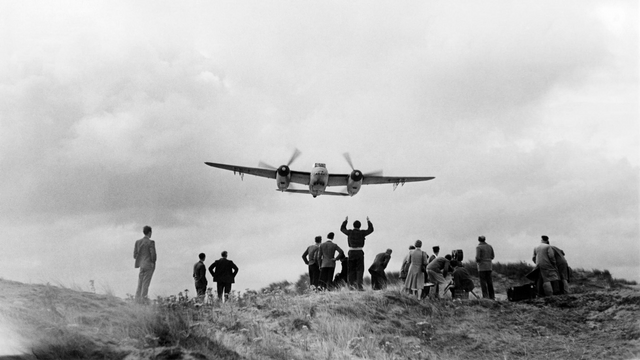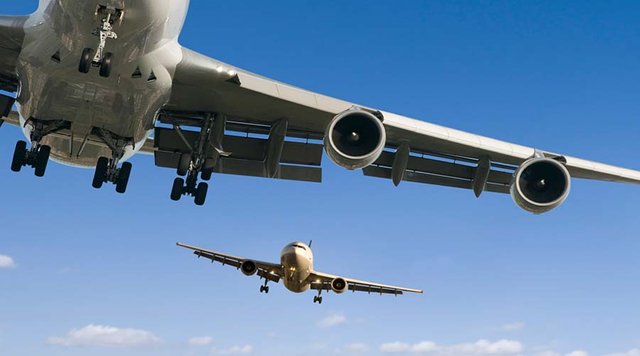A Matter Of Life And Death
What exactly does the term "life and death" mean? It's a question asked of almost everyone we meet, especially in the modern world where death is seemingly preeminent as the measure of human value. The words "life and health" are on food and drink vending machines and "end of life" announcements flood our televisions; the concept of lasting life is alien to most of us.
A matter of fact, most of us do not understand it. If we are asked what is a matter of life and death, we might reply "It's a question of when you will die." But what if we were asked what is a matter of life and health? Would we readily give an answer of, for example, "It's when you get your last breath?" Or "It is when you leave this life?"
A matter of fact, it is when American pilot Jim Stone pressed home air that his life in the air was a matter of life and death and that of his fellow passengers on the flight that was destined to crash into the Pacific Ocean. We hear of plane crashes all the time in the news and see them depicted in films, but seldom do we hear much about the potential damage to those who have been placed in these flying pens. American pilots like Stone regularly put passengers in life-threatening situations where their lives could be altered by mechanical failures and oxygen deprivation. But as far as the specifics of Stone's case, there is very little information available in the press or online.
But what is known of the circumstances leading up to the terrible accident in 1944 is that a United States Air Force fighter plane, theMSN Cottonmouth, was taking off from San Diego with the intent of pick up a load of military personnel who had been invited to attend a military exhibition in Burma. The plane had just enough fuel to make it to its destination and there, according to one account, "a friend of Cottonmouth's managed to convince the pilot to buzz the USS Leyteeg" (the cruiser that the US Navy was escorting was called the Leyteeg). Then "Cottonmouth" would turn around and try to make a landing on the carrier USS Midway, which was anchored in the Pacific Ocean. According to one account, the Midway exploded as a result of this midair collision and the plane crash claimed the lives of more than 30 American servicemen.
Jim Stone's story is one of the more publicized instances of fatal midair collisions in which more people were killed or injured than ever before. But what we have to realize when reading about these collisions, is that while they are tragic, there are always a cause and effect relationship to the events that cause them. In this case, that cause and effect came in the form of the pilot flying into a populated area (in violation of Air Force regulations) and then coming out of it with his life.
Another example that comes to mind when discussing midair collisions is that of parachutists. A matter of fact, one of the first jumpers to jump from a plane at the conclusion of an aerial operation was John Collins who made it to a landing on a remote island in the Pacific Ocean. He later said that he had no idea that he would be walking the length of the stairway down to safety. This may sound like a minor accident but when you consider that only less than one percent of all jumpers survive to make it back to earth, it becomes an even more serious issue. It also makes you wonder how anyone could survive such a near miss with so much physical trauma?

